Learn how to easily blanch broccoli and get it crunchy, tender, and perfect every time! Serve blanched broccoli as a side dish, add it to salads, or saute and add to pasta. I will also show you how to flash freeze blanched broccoli.
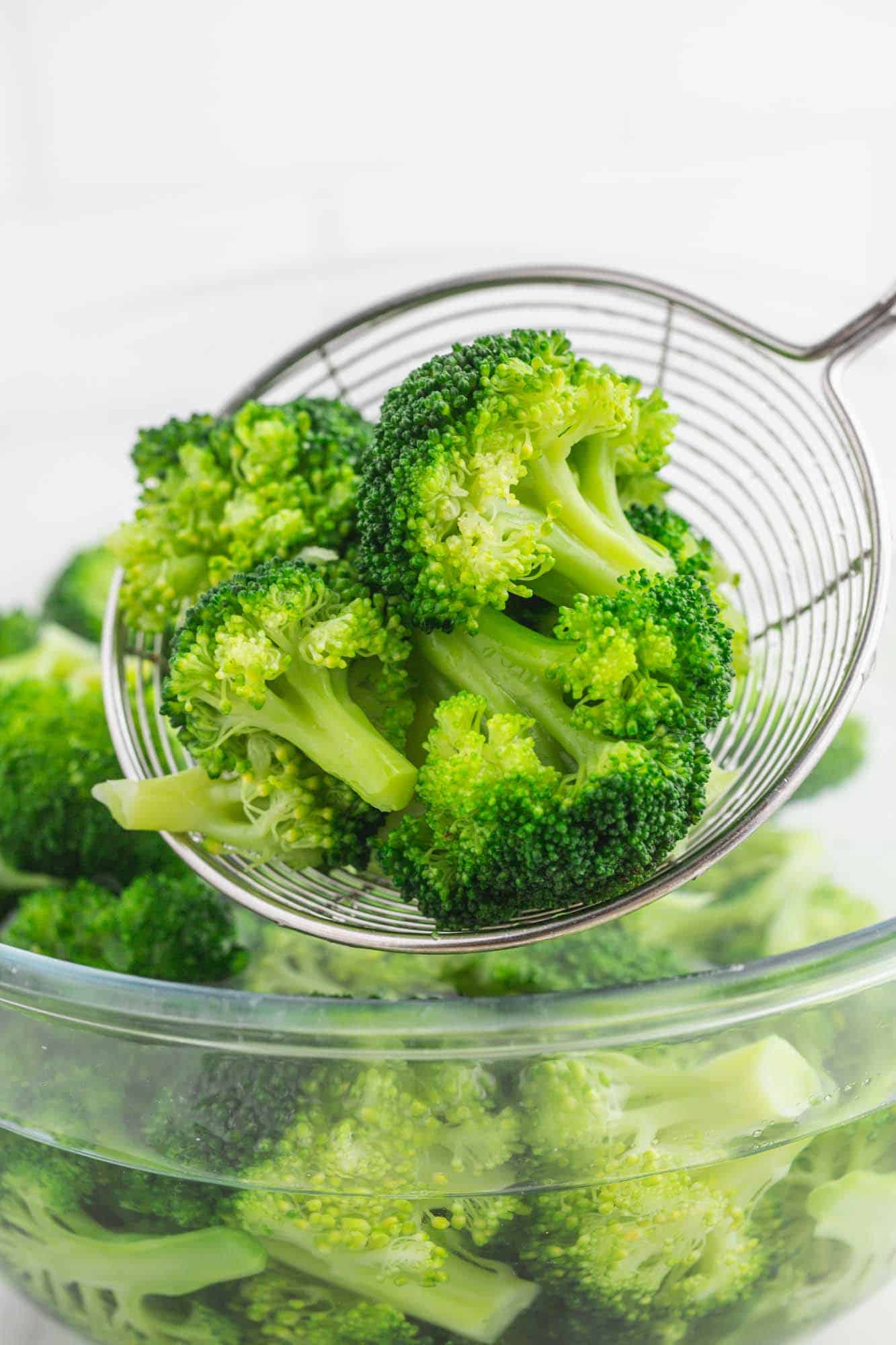
Green vegetables are always served in my house. But what we don’t like is overly cooked broccoli or green beans that are dull and mushy! Broccoli is delicious when roasted, air fried, or steamed, but blanching it is another great method to get crisp and vibrant green broccoli that your whole family will love.
You can also try and achieve the same result using an Instant Pot, I have an Instant Pot Broccoli recipe that you can try. But there are recipes that call for blanched broccoli where using an Instant Pot isn’t very practical such as this Broccoli Casserole and blanching is the way to go!
I serve blanched broccoli with many different dishes such as Baked Pork Chops, Buttermilk Roast Chicken, and the best ever Meatloaf that I serve with creamy mashed potatoes.
Want to learn how to blanch other vegetables? Check out this tutorial showing you how to blanch green beans!

What is Blanching?
Blanching is a cooking method used for fruit and vegetables, that are scalded in boiling water or steam for a specific amount of time and then plunged in ice-cold water to stop the cooking process.
It is usually done to change the texture, color, or help remove the peel (think nut or tomato peeling). Blanching also helps preserve the nutritional value and color of the fruit or vegetable.
How To Prepare Broccoli
If the trunk of the broccoli is woody or dry, use a potato peeler and remove the outer layer until you reach the tender part. Cut the crown into individual bite-sized florets.
The trunk is totally edible! Slice it or julienne it into thin strips, these are perfect to add to stir fries!
And that’s it, the broccoli is ready to be blanched.
Tip!
This method only works for fresh broccoli. Don’t attempt this with frozen broccoli as they have been blanched already.
How To Blanch Broccoli
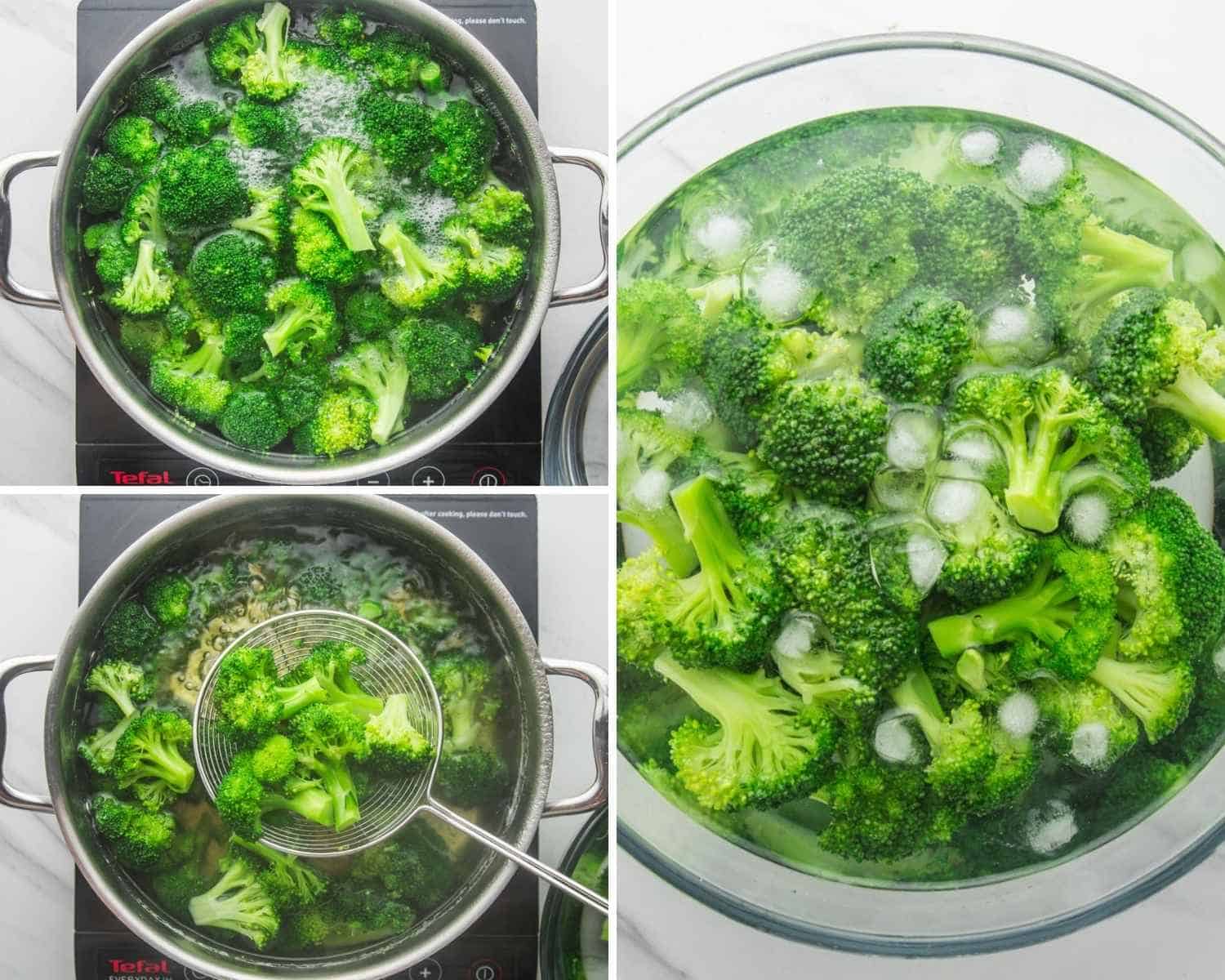
- Boil Water – Fill a large pot of water, bring water to a boil over high heat and salt it.
- Prep an Ice Bath – Fill a large bowl with cold water, add ice cubes to it, and set aside.
- Blanch – Add the prepped broccoli florets to the boiling water, and set your timer to 4-5 minutes. The broccoli should be bright in color, crisp and tender at the same time.
- Cool – When the broccoli can be pierced with a fork, remove it from the saucepan with a slotted spoon, and plunge into the ice water to stop the cooking process. Leave for 5 minutes, then remove the broccoli drain and use as desired.
How Long To Blanch Broccoli
I find 4-5 minutes is enough to reach the perfect texture for broccoli. If you like your broccoli on the softer side, feel free to leave them in the hot water for an extra minute. The best way to test the texture is to check if you can easily pierce the broccoli with a fork.
Freezing Broccoli
I always recommend blanching vegetables before freezing. This will help retain the texture, color, and flavor of the frozen vegetable. The way it works, blanching stops enzyme activity that is responsible for color, texture and flavor loss.
After blanching the broccoli, drain and pat dry using paper towels. To flash freeze the broccoli as individual pieces, place the broccoli florets on a baking sheet in a single layer and freeze until solid for at least an hour. Once frozen, remove from the sheet pan and place in a freezer bag, and freeze for up to 1 year.
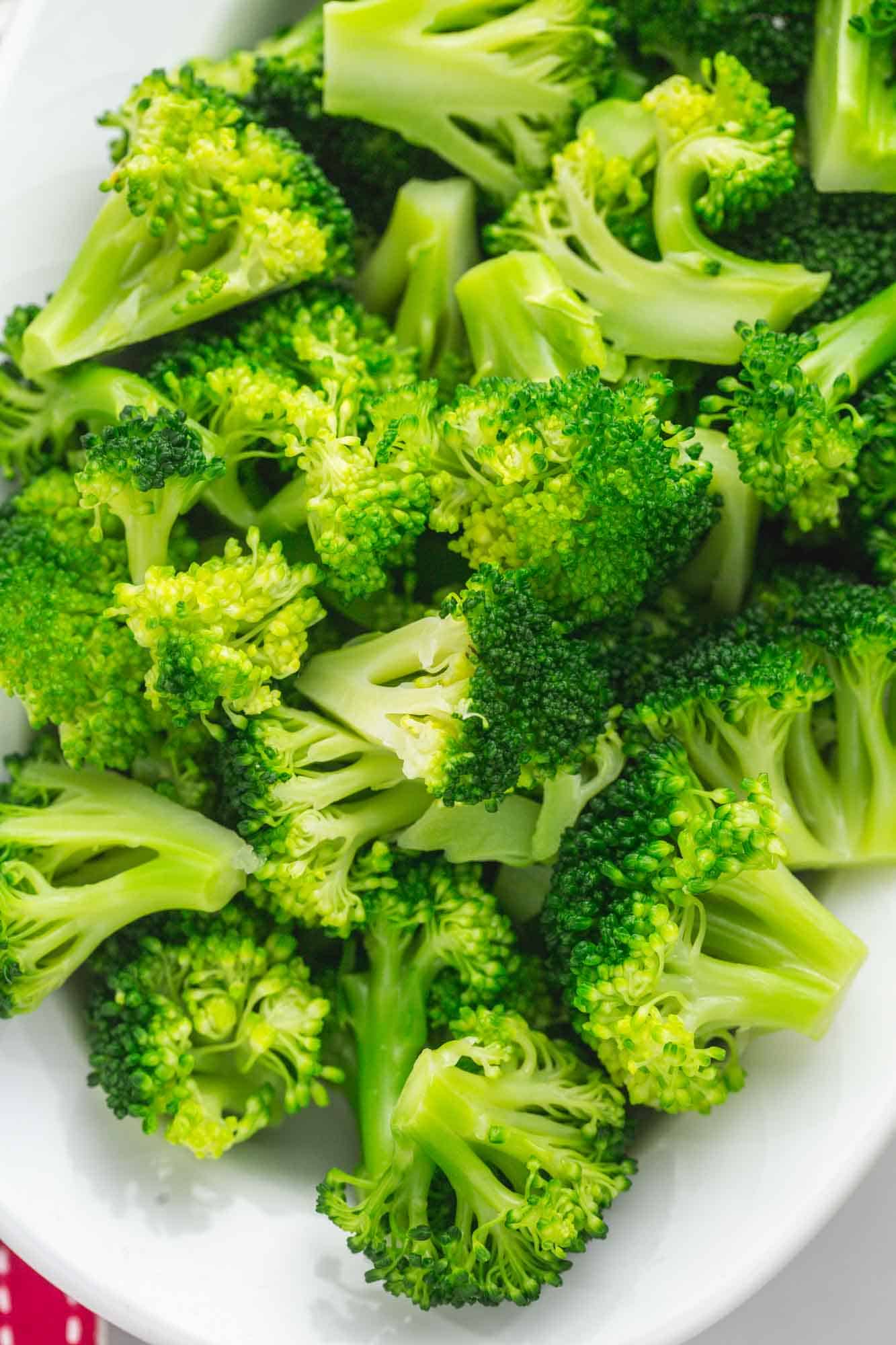
FAQs
Depending on how crisp or tender you like your broccoli, I find that blanching broccoli for 4-5 minutes is perfect.
Blanching broccoli helps maintain the bright green color, texture, and flavor. If you’re serving the broccoli right away, blanching will tenderize it while keeping it crisp. Blanching is also necessary for freezing to retain the color, texture, and flavor.
Blanching broccoli ahead of time is great for meal prep. Blanch 2-3 days in advance, then store in an airtight container in the fridge.
Yes! Although it’s optional, salting the water before blanching vegetables helps preserve their color and flavor.
Now that you can blanch broccoli, you can say goodbye to dull and mushy broccoli! Make sure to pin this tutorial for more people to enjoy.
Did you make this? Be sure to leave a review below and tag me on Facebook, Instagram, or Pinterest!
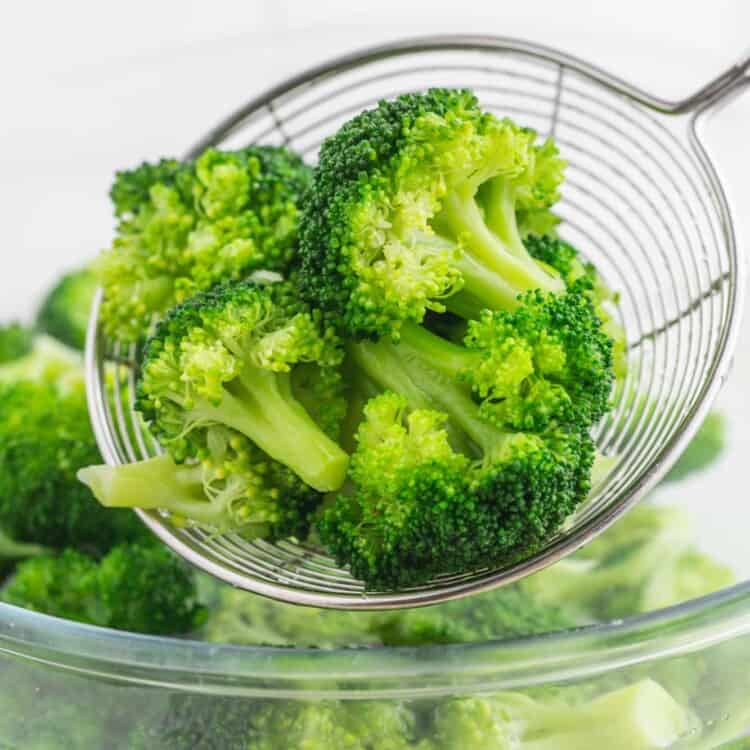
Blanched Broccoli
Equipment
- Colander
- Large bowl
Ingredients
- 1 pound broccoli
- 4 quarts water
- 1 teaspoon salt
- Ice cubes
Instructions
- In a saucepan or a large pot, bring water to a boil and salt it.
- Fill a large bowl with cold water, add ice cubes to it, and set aside.
- Add the prepped broccoli florets to the boiling water, and set your timer to 4-5 minutes. The broccoli should be bright in color, crisp and tender at the same time.
- Remove from the saucepan with a spider strainer, and plunge into the ice bath to stop the cooking process. Leave for 5 minutes, then drain and use as desired.
Notes:
Nutrition Information
This website provides approximate nutrition information for convenience and as a courtesy only. Nutrition data is gathered primarily from the USDA Food Composition Database, whenever available, or otherwise other online calculators.
© Little Sunny Kitchen

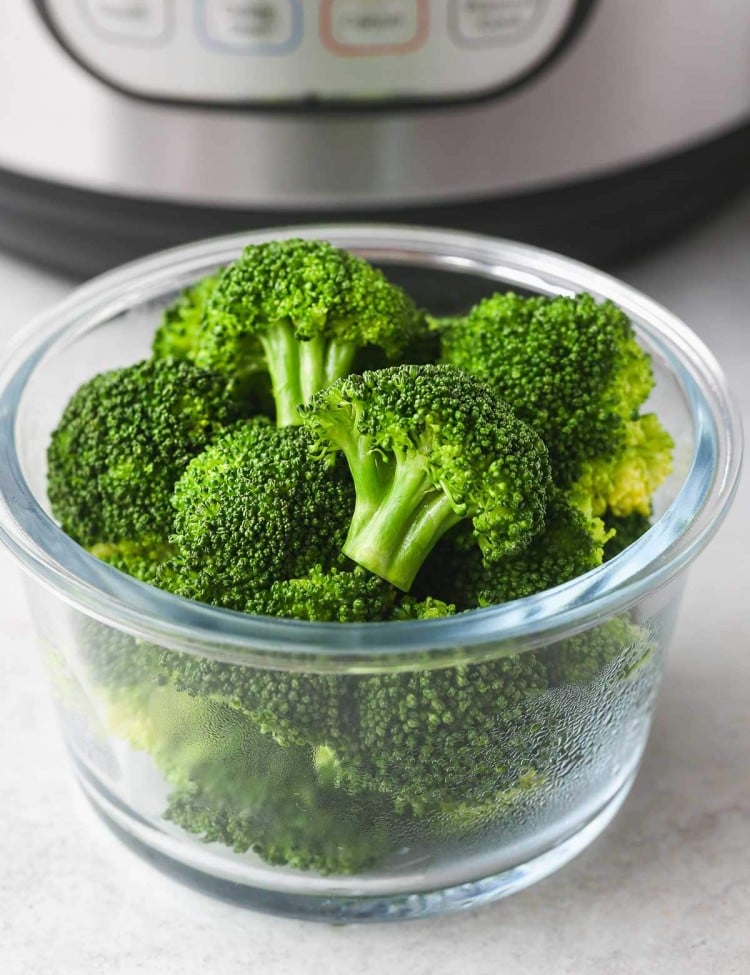
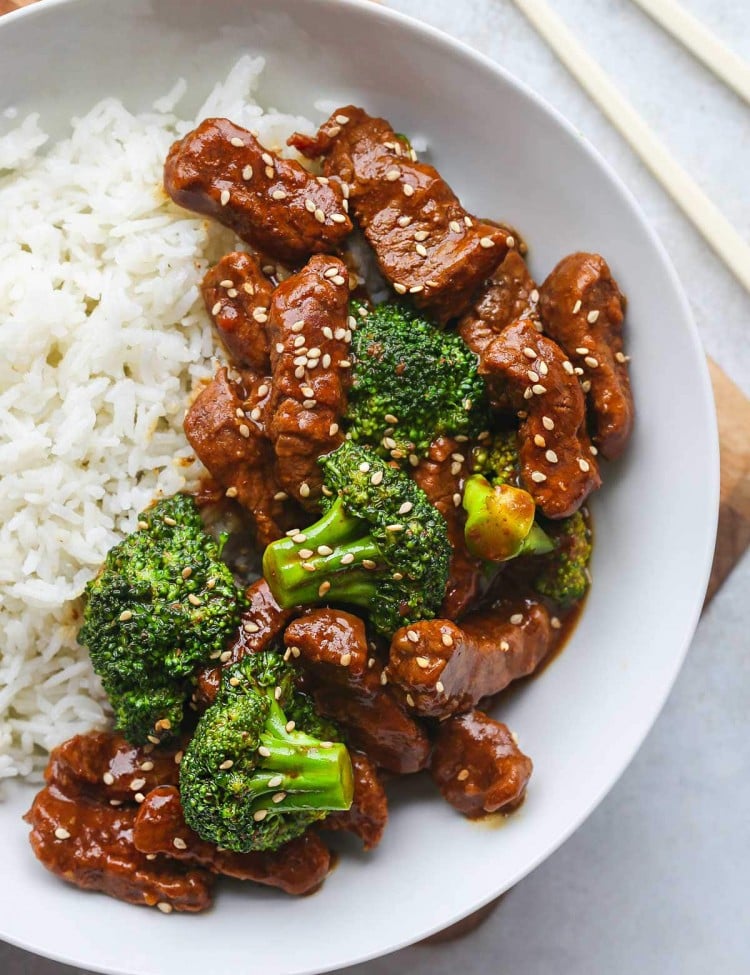
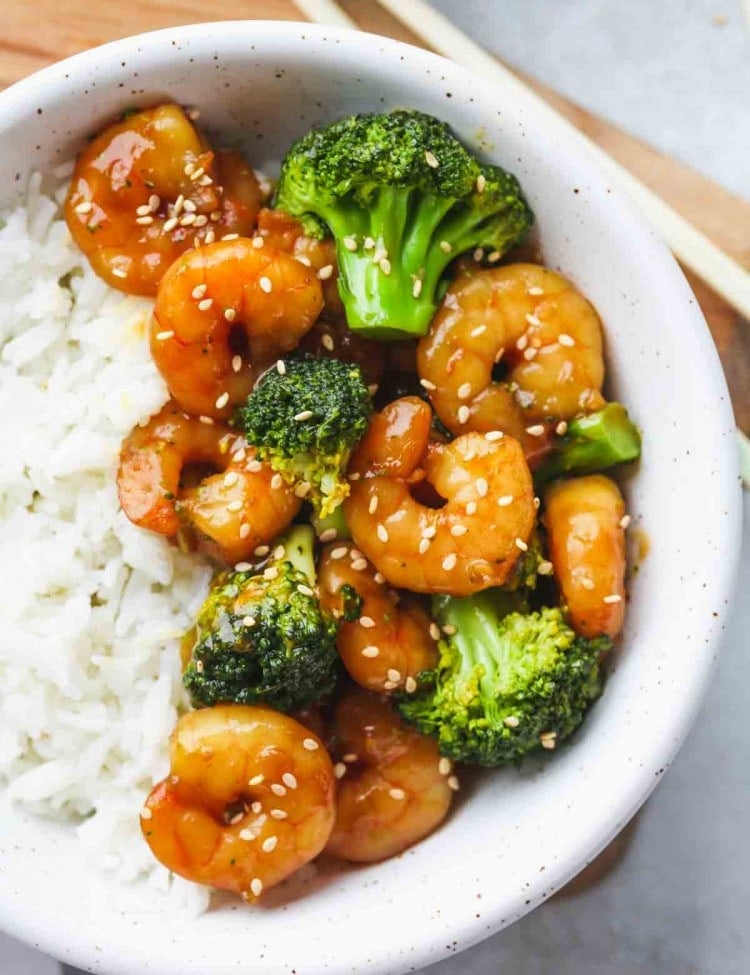
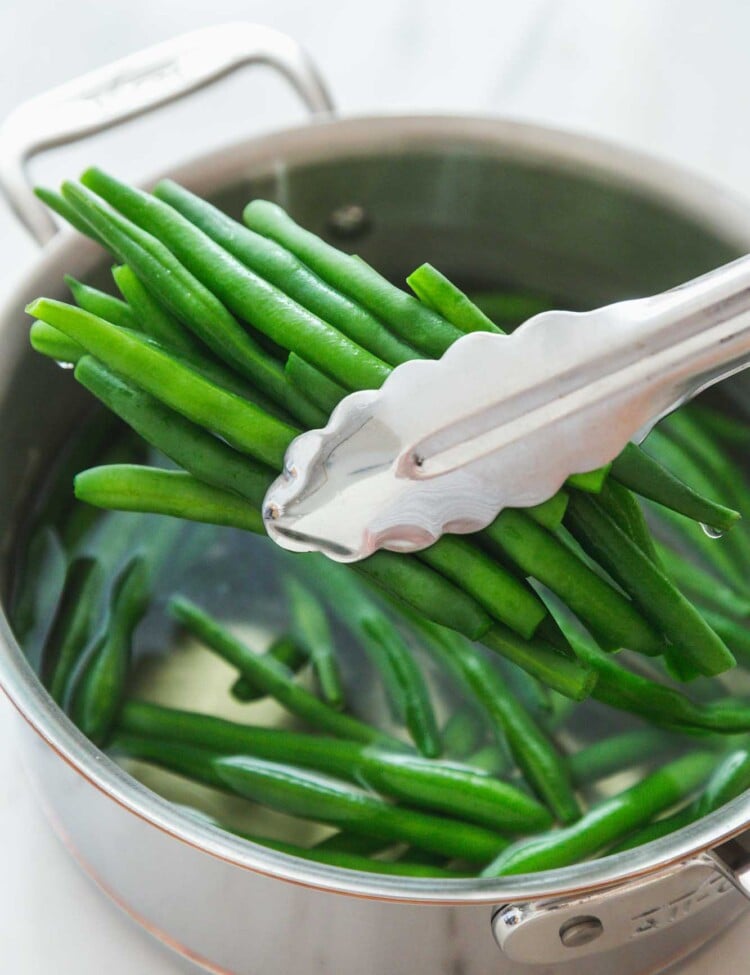


Matt says
after the water boils then add broccoli it takes a while before it boils again. is it 4-5 min. in the not boiling water or waiting till it boils then 4-5 min in boiling water.
Little Sunny Kitchen says
Hi Matt, the water should come back to boiling rather quickly. You can start the timer right after you add the broccoli to the pot. Hope that helps!
Merry Parker says
I have enjoyed your recipes. They are easy to prepare and delishous. Thank you so much. Many are on my list to make. Looking forward to share your site with my friends. ♥️♥️♥️♥️♥️💖♥️♥️♥️♥️♥️
Yvonne Christensen says
I left the broccoli a shorter time in the hot water. If you decide you need to blanch it longer, you can.
If you decide you have done it too long, you can not fix it. I wondered, if the timing could depend on how ripe the broccoli was. Thanks for explaining how to do this!
Scharadin says
Great. Needed a refresher course on the blanching technique